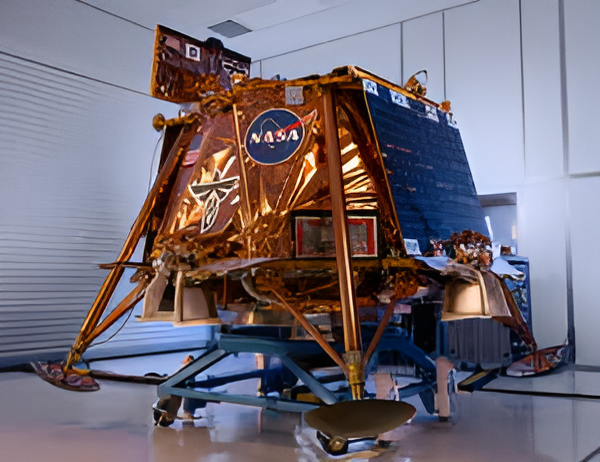At approximately 3:45 a.m. EST this Sunday, March 2, Firefly’s Blue Ghost lander will touch down on the surface of the Moon, and an important technology developed at NASA Langley in Hampton, Virginia will capture imagery of the landing. Stereo Cameras for Lunar-Plume Surface Studies (SCALPSS) 1.1 will take pictures of the lunar surface before, during, and after Blue Ghost touches down to help scientists better understand what happens to the lunar soil during landing. This data is crucial as trips to the Moon increase and there’s more cargo and equipment touching down near each other.
Live coverage of the landing, jointly hosted by NASA and Firefly, will air on NASA+ starting at 2:30 a.m. EST, approximately 75 minutes before Blue Ghost touches down on the Moon’s surface. Learn how to watch NASA content through a variety of platforms, including social media. The broadcast will also stream on Firefly’s YouTube channel. Coverage will include live streaming and blog updates as the descent milestones occur.
All 10 NASA instruments on this flight are currently healthy and ready to operate on the lunar surface. The payloads that are able to power on and operate have also collected some noteworthy data during lunar transit. Two highlights include:
The Lunar GNSS Receiver Experiment (LuGRE) acquired and tracked Global Navigation Satellite System (GNSS) signals for the first time in lunar orbit – a new record! This achievement, peaking at 246,000 miles, suggests that Earth-based GNSS constellations can be used for navigation in transit to, around, and potentially on the Moon. It also demonstrates the power of using multiple GNSS constellations together, such as GPS and Galileo, to perform navigation. After lunar landing, LuGRE will operate for 14 days and attempt to break another record – first reception of GNSS signals on the lunar surface.
The Lunar Environment Heliospheric X-ray Imager, or LEXI, telescope was turned on successfully shortly after launch on Jan. 15. The instrument has operated for several hours every day conducting checkouts and initial commissioning, operating for a total of more than 50 hours so far in preparation for collecting images from the lunar surface.

